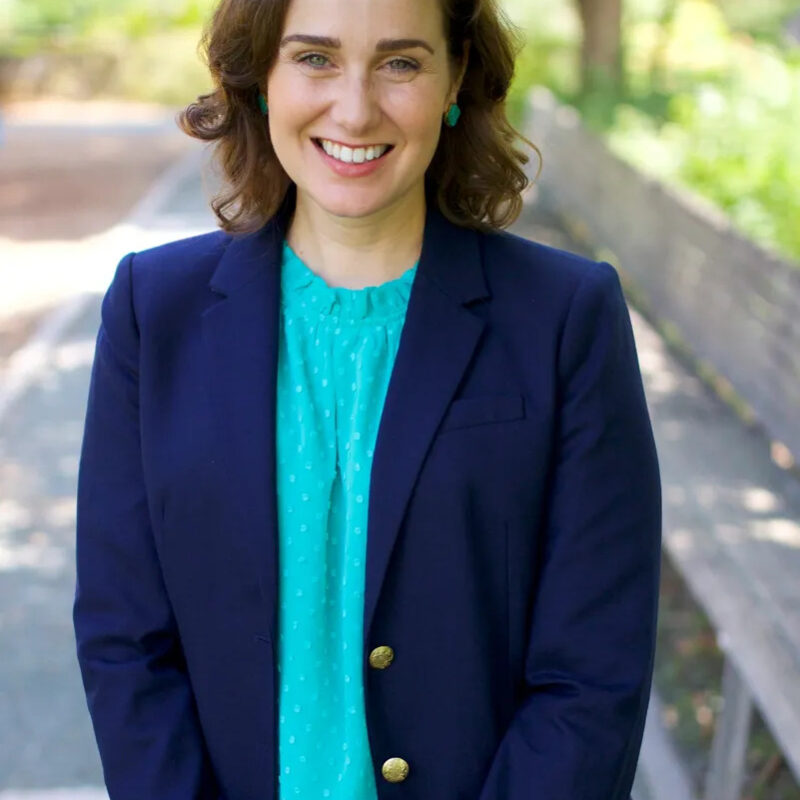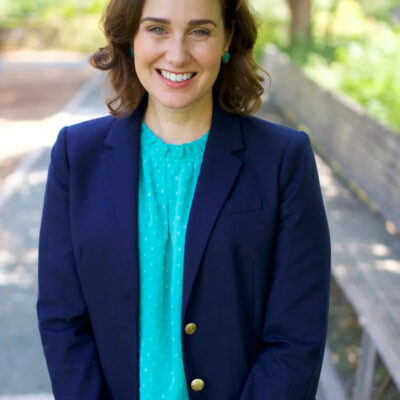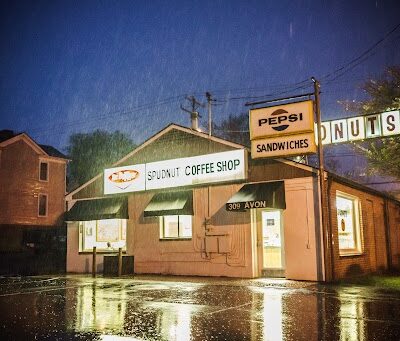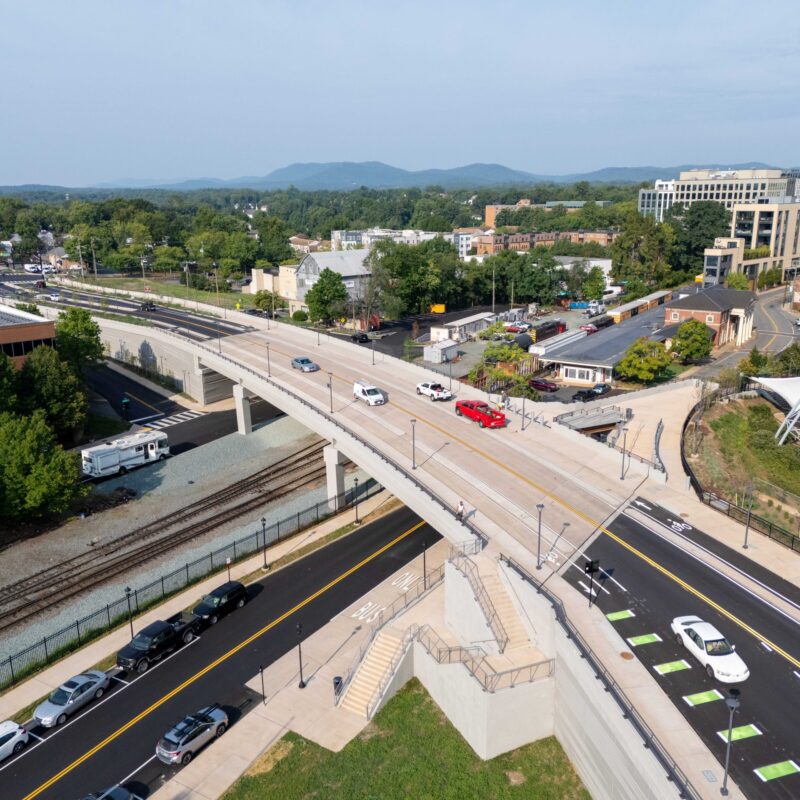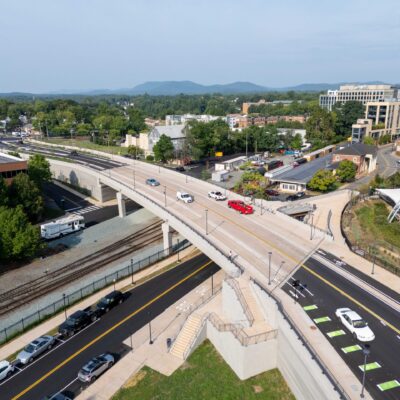The financial crisis has hit the nation’s largest and smallest institutions with the same force. Since 2007 Virginia’s state revenue shortfall has surpassed the $7 billion mark. With a “b.” According to Colette Sheehy, UVA vice president for management and budget, this recession is almost twice as severe as the one experienced in 2002.
The UVA Board of Visitors, which met last week, now has tough decisions to make: how much to increase student tuition and how to bolster private support.
The recession has also been felt around Grounds. Leonard Sandridge, vice president and chief operating officer, told the board that since the creation of AccessUVA a few years ago—a financial aid program championed by late Dean of Admission John Blackburn—the number of students requesting financial aid has increased rapidly.
“When we started this program five, six years ago, we had something like 23 or 24 percent of out students [requesting aid],” he said. “Last year, we had 27 percent and currently we are at 32 percent.”
Part of the problem, said Sandridge, is the state of financing. It has become harder for families to get student loans, because fewer banks are offering them. Most concerning, however, is that “we are beginning to see an increasing number of students who are not paying their bills as promptly,” he said.
Yet, the need for aid is “less prevalent here than it is in a lot of other institutions because we have such a robust need-based financial aid program,” said Sandridge.
According to Carol Wood, UVA spokesperson, 1,250 students of this year’s freshman class have received at least some help through AccessUVA. That’s one third.
“Financing AccessUVa has not been easy,” says Wood.
In fact, for this academic year, the contribution to AccessUVA will be $29.7 million—an increase from $16 million in 2004. With the commonwealth in a serious slump financially, its support to the University has also declined to an all-time low. UVA, like other state institutions, has been asked to reduce its budget four times since the 2007-2008 academic year. The total reductions amount to $51.1 million, but thanks to $20 million in stimulus money, the University was less severely impacted. Yet, the state now supports only 6 percent of the budget for all divisions and 10 percent of the academic division.
“For the first time in history, an in-state student is now paying more to come to the University of Virginia than the state is supplying in terms of assistance,” said Sheehy. An in-state student is paying $7,873 in tuition, while the state is contributing $7,566 per full-time student. University Rector John Wynne commented that UVA far exceeds its peers in terms of quality and value for every dollar spent by students and referred to the yearly rankings. “That’s an important message that we really need to get across,” he told the board members.
Because of the impact of the budget reductions, University employees, both faculty and staff, have not received a salary increase since November of 2007. “And the picture doesn’t look too bright for the immediate future either,” said Sheehy. For a savings of a little more than $9 million, UVA has eliminated approximately 160 vacant staff and faculty positions. And additional $1.5 million came from the reduction of graduate student support.
Despite the reductions, however, since 2006, the University has invested in areas the Board of Visitors recommended as priorities. About $10 million went to the Commission on the Future of the University; the College of Arts and Sciences got almost $21 million and AccessUVA received $22 million.
Although the investments were made to position the University toward a recovery, both Sheehy and Sandridge “believe that we are going to have to look seriously at tuition and at private funds,” as the best opportunity for new revenue.
In the meantime, the board approved the demolition of Lile House and Tuttle House as part of Phase IV of the Alderman Road housing project. Dunnington House will be demolished soon after Building 5 of the new project is completed. Phase II of the project is slated to be completed by 2011. Phase III is just in the design stages. At the completion of the six new residences by 2015, more than 1,000 additional beds will be available for the growing number of freshmen. In keeping with the sustainable agenda for all facets of the University, University Architect David Neuman said that all six structures will receive LEED certification.
C-VILLE welcomes news tips from readers. Send them to news@c-ville.com.
